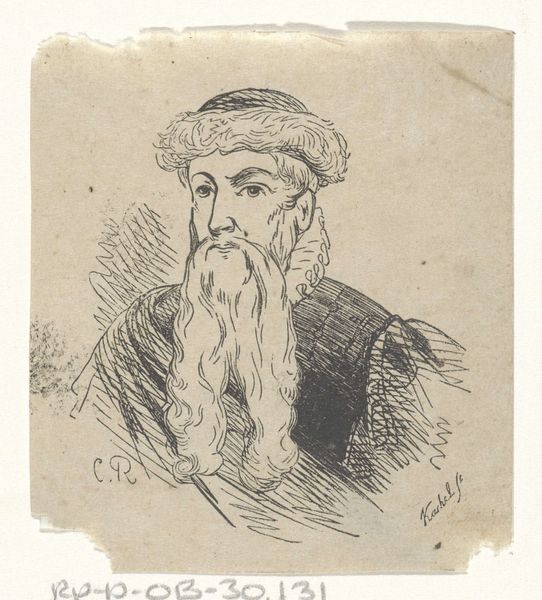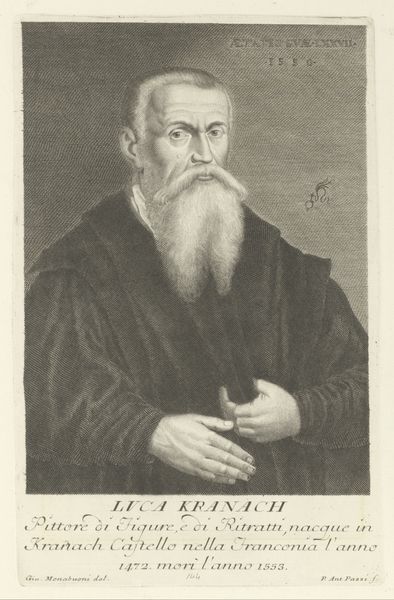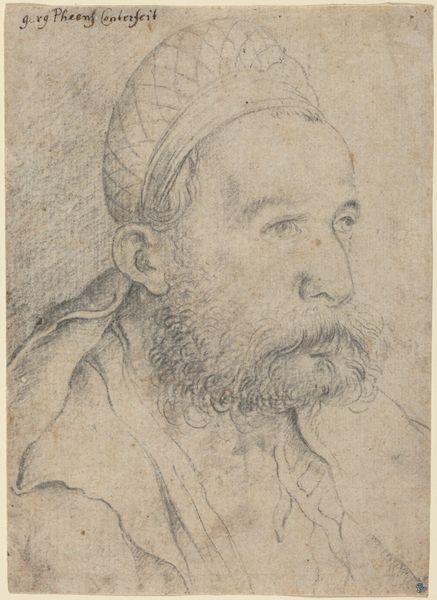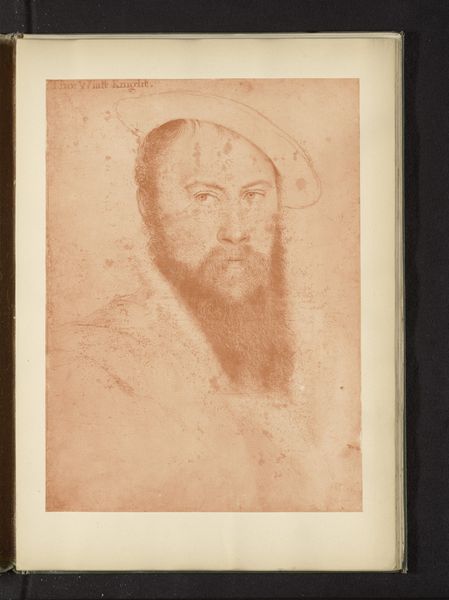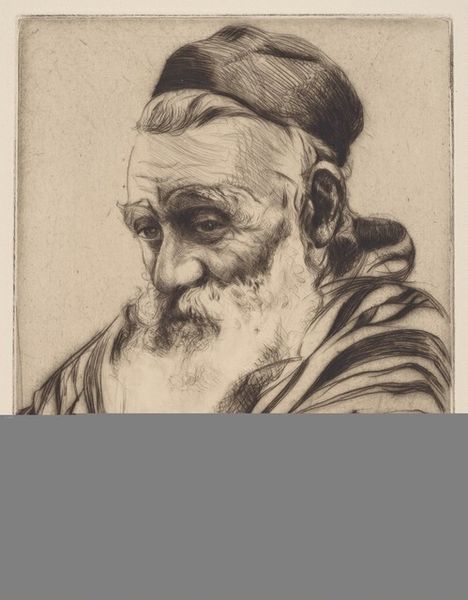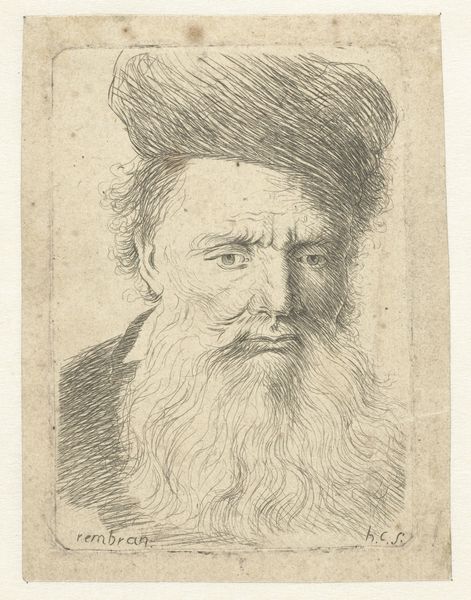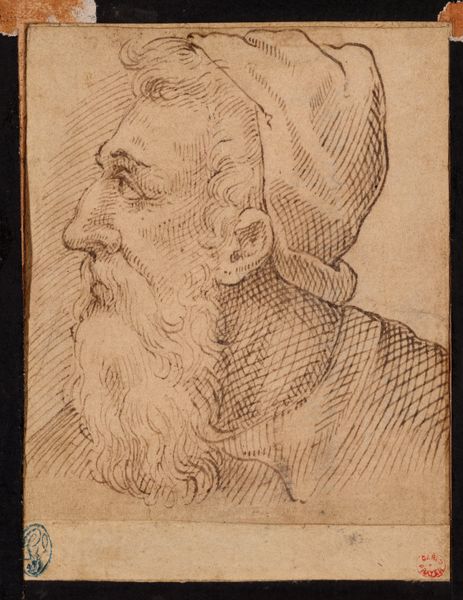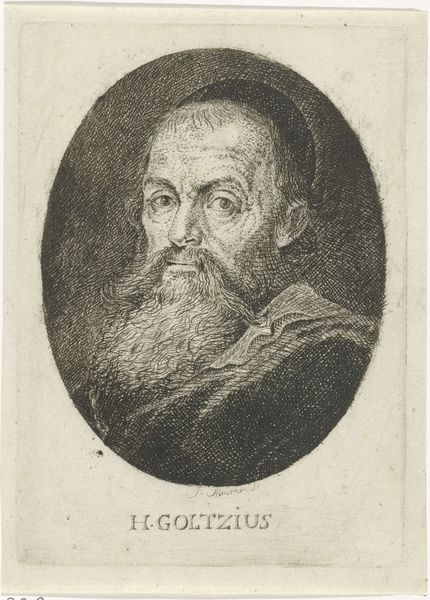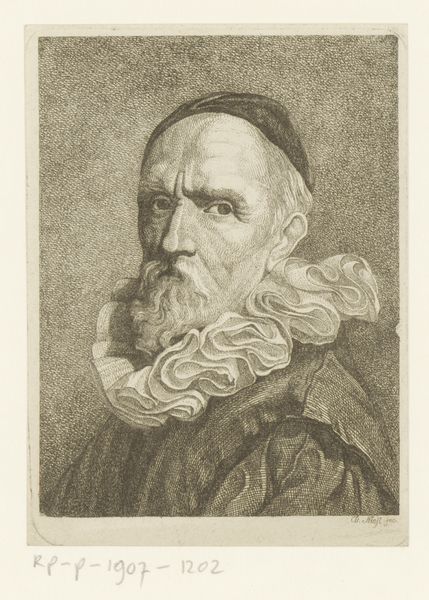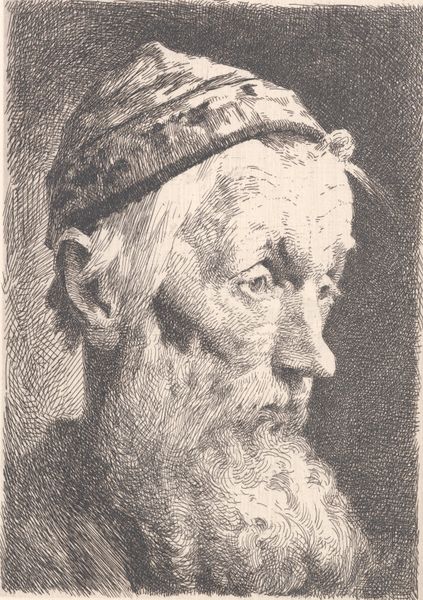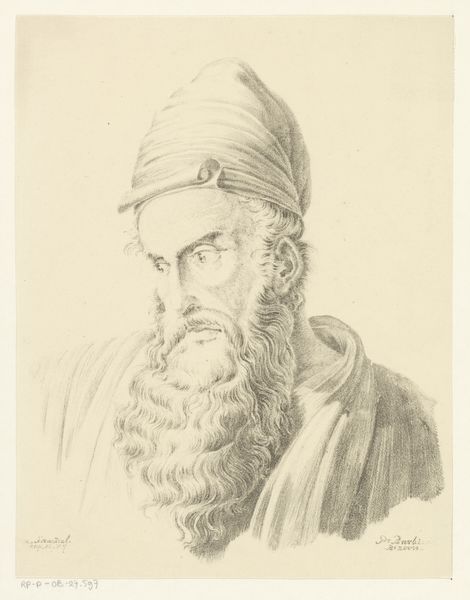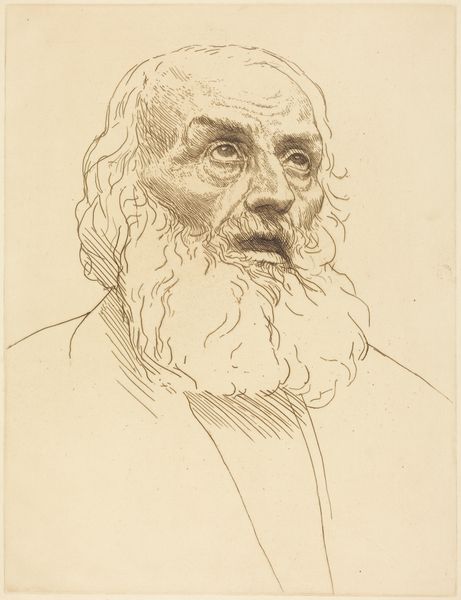
drawing, paper, charcoal
#
portrait
#
drawing
#
self-portrait
#
charcoal drawing
#
figuration
#
paper
#
11_renaissance
#
charcoal
#
academic-art
#
italian-renaissance
Dimensions: 544 × 391 mm
Copyright: Public Domain
Editor: Here we have Titian's Self-Portrait, a charcoal drawing on paper from the Renaissance, housed here at the Art Institute of Chicago. The striking feature for me is the figure's strong gaze combined with the soft lines of the charcoal. How do you interpret this work? Curator: Well, beyond the visual appeal, this portrait is a fascinating intersection of identity and power. In the Renaissance, self-portraits were increasingly used by artists to assert their status, moving from mere artisans to intellectual figures. Editor: Interesting! It seems a bit like visual propaganda, but who was he trying to convince? Curator: Exactly! Titian, by portraying himself with such gravitas, participates in shaping the narrative of the artist as a respected, even celebrated, individual within a hierarchical society. Consider the historical context. Artists relied on patronage. How might this image affect his social standing? Editor: So, it’s not just about artistic skill, but about strategically positioning oneself within the existing power structure? The portrait is an act of social climbing? Curator: Precisely. And how does it reflect, or perhaps challenge, societal expectations of artists during that time, considering things like class, gender, and even religion? The details like the medallion suggests the importance and status he wants to project. It speaks volumes. Editor: That perspective makes me see beyond the aesthetic beauty and think more critically about Titian's intentions within the power dynamics of the Renaissance. I never thought a portrait could carry so much cultural weight. Curator: It’s about understanding that art never exists in a vacuum, right? The layers of meaning reflect broader cultural and historical conversations. Looking at art as activism makes me more eager to continue researching other works from this era.
Comments
No comments
Be the first to comment and join the conversation on the ultimate creative platform.
